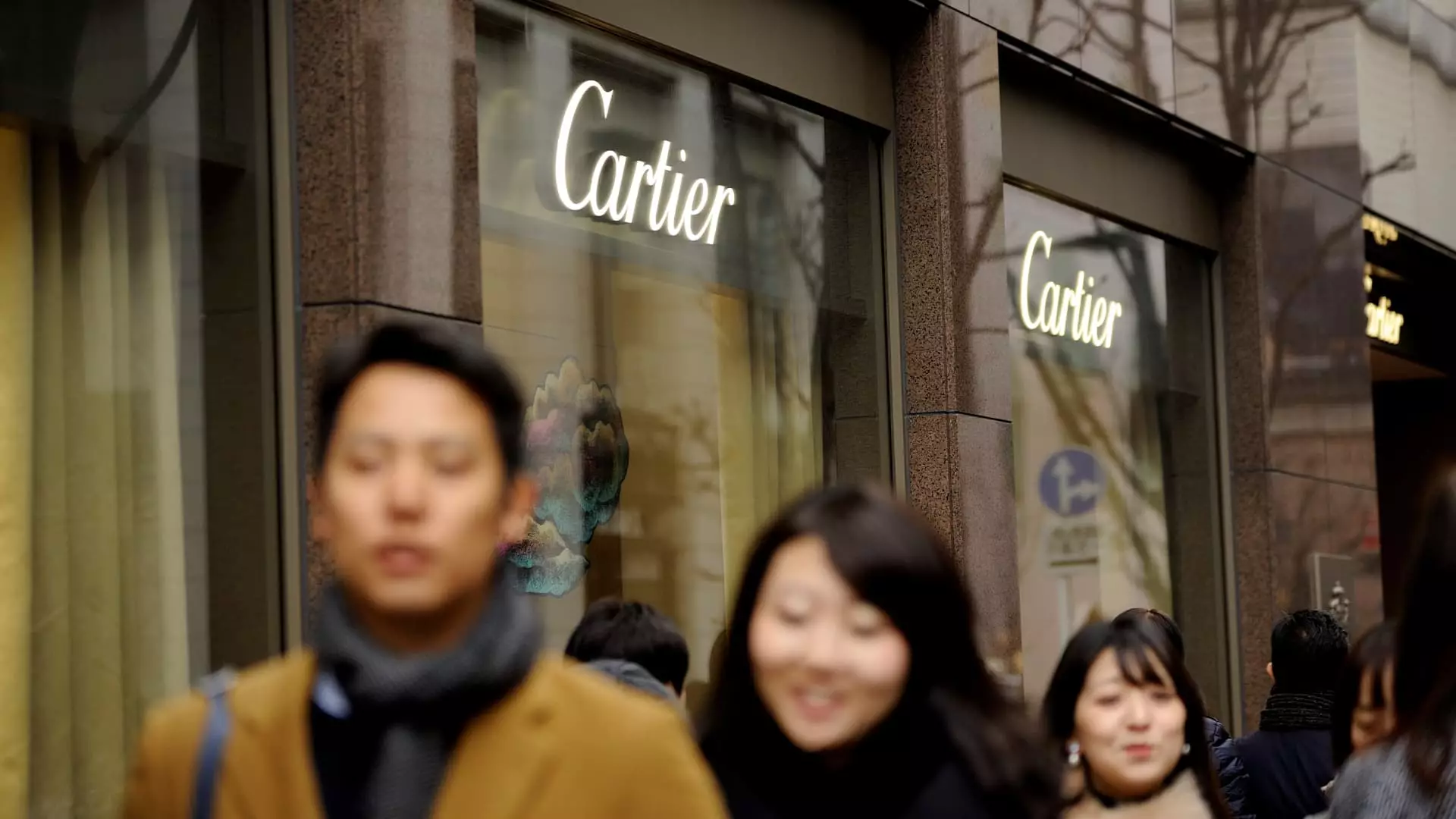Luxury brands like Richemont have long appeared to be impervious to economic downturns, buoyed by a wealthy clientele that seems untouchable. Yet, recent developments expose the fragility of this supposed resilience. The sharp decline in Japan’s luxury market sales—most notably a 15% drop following last year’s explosive growth—was a stark reminder that even the most seemingly invincible segments are vulnerable to macroeconomic shifts. While investors responded with a modest rally, the underlying fragility remains unaddressed. It is increasingly evident that a strong dollar, fluctuating currencies, and geopolitical uncertainties threaten to undermine the luxury sector’s apparent strength.
Currency Fluctuations: The Hidden Debt of the Luxury Market
One of the most critical factors impacting luxury sales in Japan was the yen’s recent appreciation. While the weakness of the yen last year fueled a boom in tourism and luxury spending, a reversal in this trend has led to immediate downturns. Richemont’s numbers tell a cautionary tale: what was once a benefactor—currency depreciation—has now turned into a liability. Relying heavily on currency fluctuations and tourist influxes as growth catalysts is inherently unstable. This exposes a fundamental flaw in the industry’s strategic dependence on external macroeconomic factors rather than sustainable, organic demand from local consumers.
Overconfidence in a Crisis-Prone Paradigm
Luxury firms seem to have fallen into a trap of overconfidence—believing that a wealthy elite can withstand economic upheavals indefinitely. The post-pandemic economic landscape has demonstrated that even affluent markets are not immune to collective shifts in sentiment or global emergencies. Richemont’s continued growth in jewelry sales might appear promising; however, the decline in watch sales and the struggles in regions like China, Hong Kong, and Macau highlight systemic vulnerabilities. The illusion of perpetual growth, artificially buoyed by temporary macroeconomic tailwinds, is dangerous.
The Illusion of Stability: Why the Sector Must Rethink Its Foundations
A closer examination reveals that the luxury market’s current pattern is less a sign of enduring strength and more a mirage that depends heavily on external conditions. The luxury industry’s reliance on specific regional hotspots—particularly China and Japan—makes it highly susceptible to geopolitical and economic swings. The recent slowdown in Japan was a wake-up call to the thin veneer of stability. If the industry continues to depend so heavily on currency and regional tourism, it ignores the deep-rooted need for brands to innovate and forge more resilient, diversified demand. Without this, the so-called resilience is merely temporary, hiding the inevitable downturns ahead.


Leave a Reply